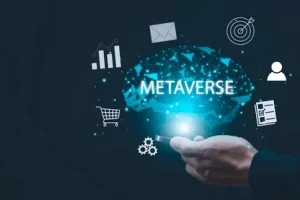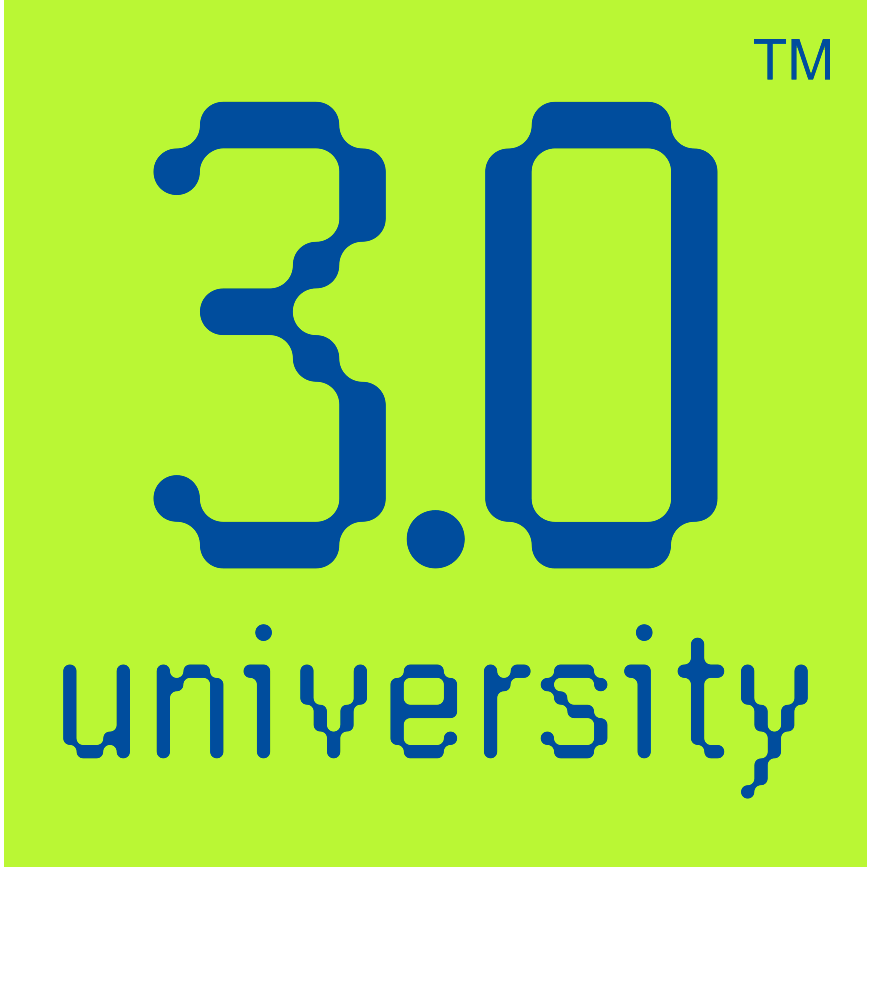Metaverse in Education Sector
- Posted by 3.0 University
- Categories Metaverse
- Date February 7, 2024
- Comments 0 comment
Metaverse Revolutionary Role in Learning
The concept of Metaverse as an island in a sea of innovation appears to be very relevant today as digital space penetrates more and more into our physical world, redefining approaches towards education and learning.
Metaverse in education can be characterized as a profound paradigm shift that dramatically facilitates the learning process, rendering it more applicable and personally oriented.
With the market development stimulated by technological progress and growing investments, it is possible to say that Metaverse can change traditional educational approaches, essentially establishing a new epoch in human knowledge disconnected from material boundaries.
This digital odyssey takes us through virtual worlds where education is outgrowing its traditional borders and offers itself to our brief observation of a future devoid of limits or boundaries, all-consuming but finally fulfilling.
Now, when we are on the verge of this technology revolution!
The global and Indian education industries are preparing to adopt Metaverse, which will change digital learning content in a manner beyond our comprehension.
Virtual classrooms connecting continents and interactive study modules providing a virtual presentation of history or science make Metaverse more than just another educational technology; it is an entirely new learning universe.
Introduction to Metaverse
Definition and Evolution
Metaverse is a widely distributed grid of persistent, real-time rendered 3D worlds and simulations that support the persistence of identity, object history, and payments across virtual interaction spaces.
This world offers human contact, work, and education in an all-new roofless environment. Pioneered as a science fiction concept, the metaverse has become an area of concern for technology and a critical question in humanities education.
Metaverse and Education Intersection
Metaverse’s immersive virtual environment in the education domain breaks away from traditional learning methodologies.
It makes it possible to mix synchronous and asynchronous learning in such a way that students from different parts of the world can become engaged with educational content either individually or socially.
Virtual environments, simulations, and interactive 3D representations make learning an activity far from being a mere assignment.
Global Perspective of Metaverse
Adoption in Education
Internationally, institutions of education are delving into the Metaverse as a solution for bypassing constraints framed by online learning platforms.
Learning institutions such as universities and schools are entering into partnerships with tech companies to establish virtual campuses and classrooms that create an immersive learning experience for students.
Key Players & Technologies
Metaverse technologies are attracting investments from such tech giants as Meta (former Facebook), Google, and Microsoft in collaboration with educational platforms like Coursera.
The focus of these investments is to create immersive VR, AR, and AI-driven learning tools that will allow people to access education more affordably through engaging and interactive solutions.
Indian Perspective on Metaverse
Government Initiatives
In India, the focus of governments’ plans for digital education, such as the National Education Policy (NEP) 2020, emphasizes the merging of technological development in institutions.
Metaverse is envisaged as a disruptive technology that can help the NEP achieve its objectives of enabling students in remote locations to access immersive learning environments.
NEP 2020 underlines the requirements for EdTech firms and gives them the opportunities to produce learning management systems, such as ERP software, assessment platforms, online labs, etc., for schools and universities.
An independent body that is also established in collaboration with NEP is the National Educational Technology Forum (NETF), aimed at discussing the opportunities provided by technology and the best practices in using it to enhance learning.
Scholastic India, In September 2021, in line with the educational developments outlined in NEP, the NITI Aayog collaborated with Byju’s to offer free access to its technology.
Startups & Innovation in India
The Indian startup scene is lively, and many companies target Metaverse educational applications.
Other startups, including BYJU’s and Vedantu, among others, are looking at options to bring educational technologies to their platforms by providing students with an interactive learning journey.
Metaverse in Digital Learning Materials
There are various types of materials available, and it is important to consider their accessibility.
Metaverse allows the production of a wide array of digital learning assets, from 3D models and simulations to virtual reality worlds.
These resources are available to a wide spectrum of users, including disabled students, providing them with equality in learning.
Enhancing Interactive Learning
Through Metaverse, educators can develop dynamic e-learning packages that reflect situations in real life.
This not only makes learning more interesting but also enables the learners to capture complex concepts using action and experience.
Industry Insights
Market Growth & Trends
Metaverse is central to the growth of the educational technology industry, which has been on a steady increase.
Reports by leading market research companies forecast high rates of adoption for Metaverse technology in learning, with a demand for more captivating, efficient solutions.
The global Metaverse in the education segment is undergoing a major change, with technological strides made by virtual reality (VR) and augmented reality (AR), etc.
By 2028, the market value of the global Metaverse in the education segment is projected to reach USD 19.2 billion, experiencing a compound annual growth rate (CAGR) of approximately 37% from its estimated value of USD 3.9 billion in 2023 [4].
Greater acceptance of metaverse technologies as an integral part of educational learning enables the creation of an unprecedented environment where students can learn outside the classroom, contributing to its evident success.
You may also like

What is the Role of AI in the Metaverse?
Impact of the Metaverse Technology on Education
By providing students with fully immersive learning environments, metaverses aim to improve education by encouraging students to actively apply and expand their knowledge. At a time when digital transformation has become the order of the day, incorporating Metaverse technologies into …
